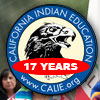 |
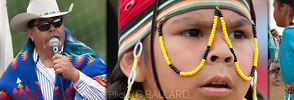 |
 |
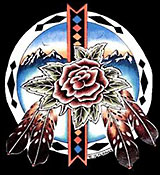
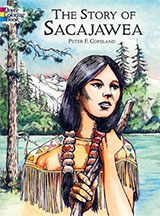
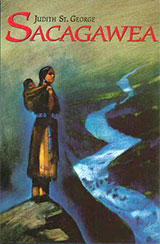
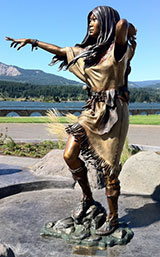

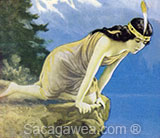
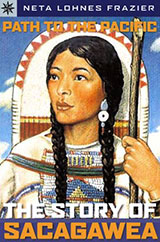
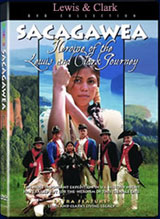
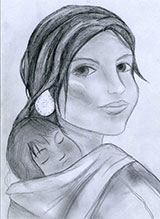
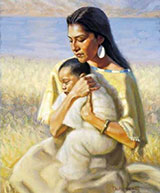
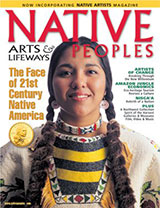
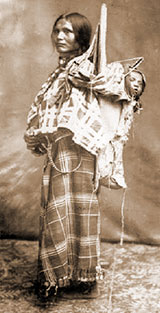
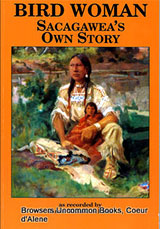
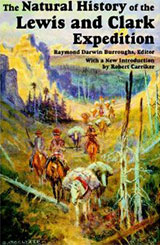
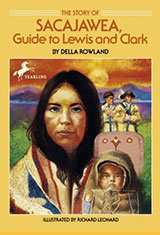
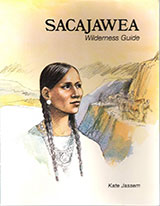
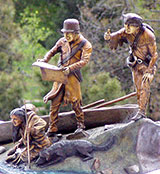
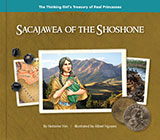
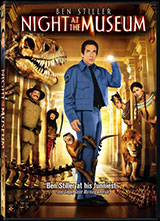
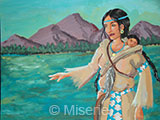
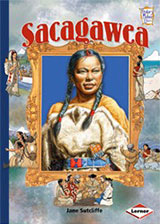
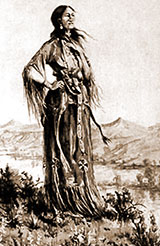
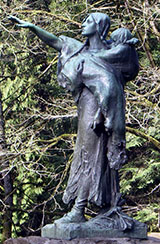
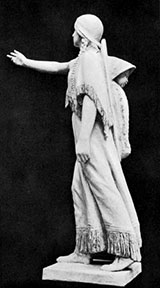
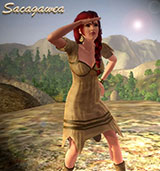
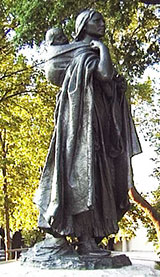
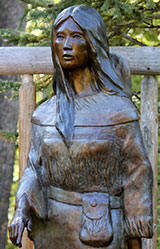
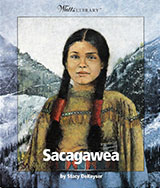
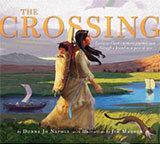
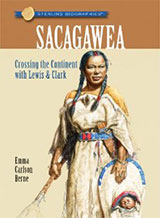

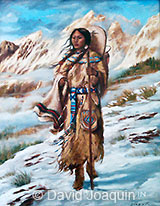
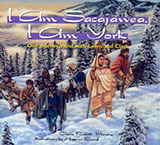
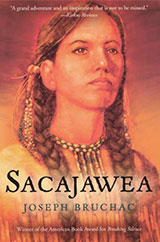
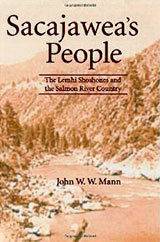
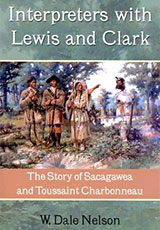
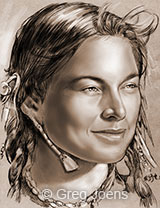
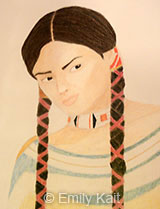
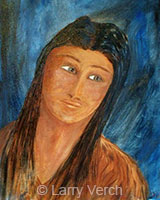
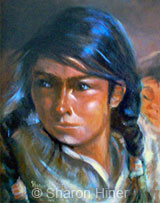
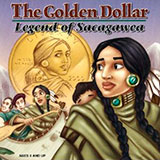
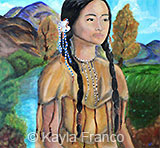
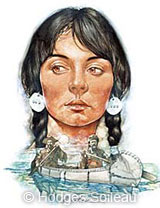
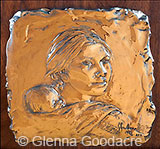
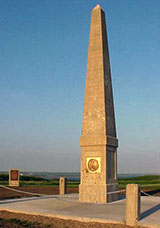
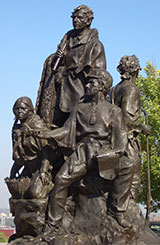
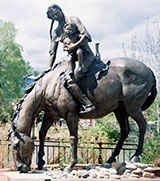
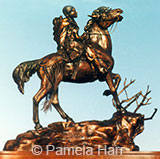
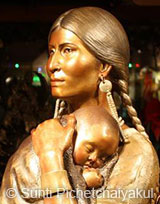
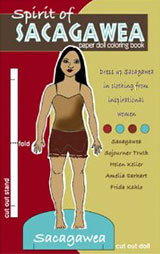
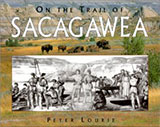
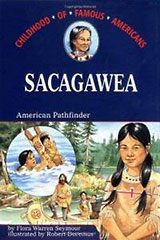
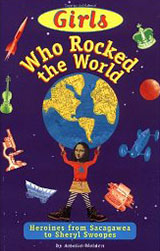
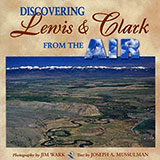
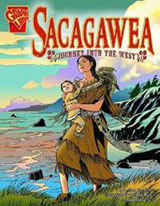
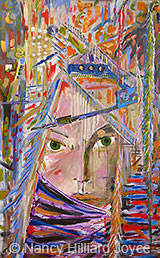
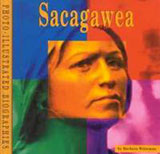

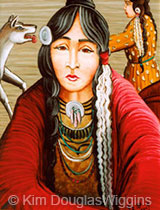
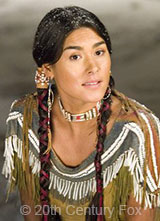
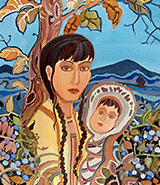

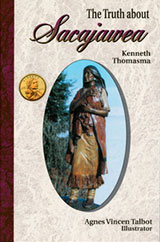
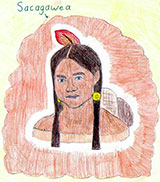
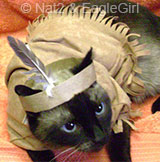
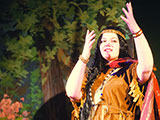
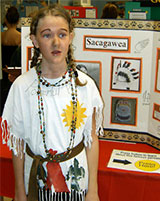
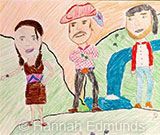
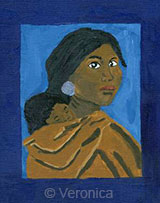
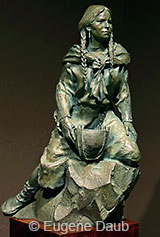
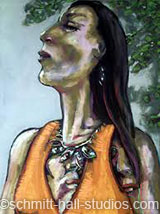
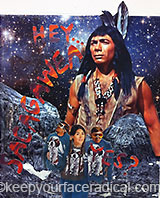
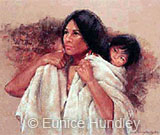
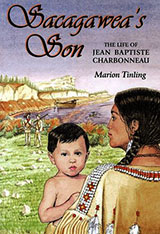
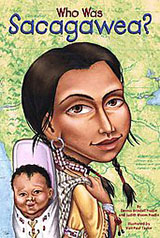
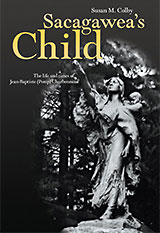
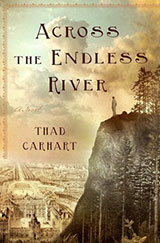
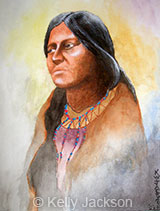
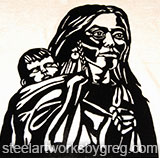
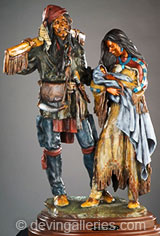
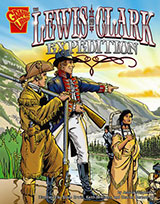
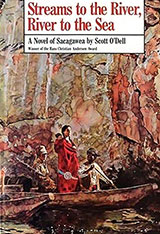
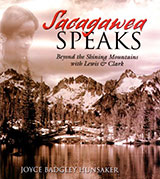
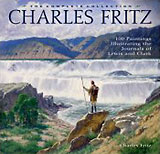
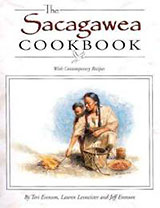
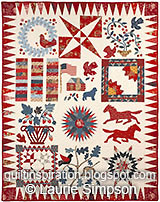
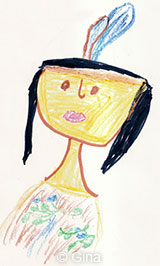
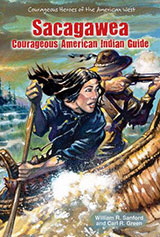
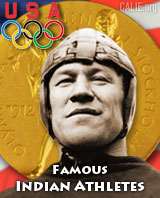
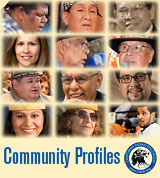
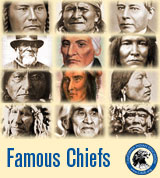
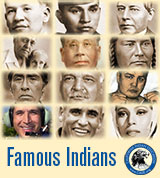
Publishing Corner: Indian Community: Science & Wonder Indian Heros: California Indian Art: CALIE Library: Academic Financial Aid: Tribal Governments: Indian Gaming: |
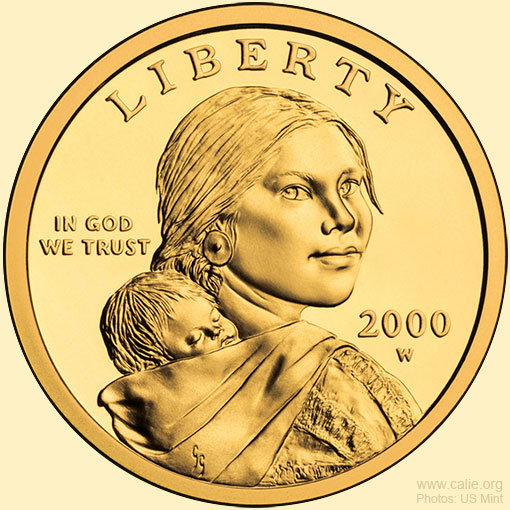 Click on the $1 Sacagawea coin to rollover obverse-reverse views (design: Glenna Goodacre for the United States Mint). Español | 中文 | 日本 | Française | Deutsch | 한국어 | Россию | پارس SACAGAWEA Sacagawea (also spelled Sacajawea, Sakakawea) is ultra famous in North American history for her pivotal role as the early 19th century young female American Indian translator and guide that accompanied the Lewis and Clark Expedition (1804-1806) to discover the Northwest Passage to the Pacific Ocean. Sacagawea (translates to "Bird Woman" or "to carry a burden" in English) is believed to have been 16 years of age in 1805 when she gave birth to her baby and joined approximately 34 male explorers in this arduous two-year expedition that spanned east to west, coast to coast, across a virtual unexplored wilderness that is known today as the United States of America. Because there seems to be more romance & myth than fact surrounding Sacagawea's life story on the Internet, CALIE editors built our best in-depth study guide as a modern multimedia web portal of famous artworks, historical writings, photographs, books, time line, games, and educational videos to assist students in researching and learning about the role Sacajawea played in early 1800 American history. If you would like contribute to this endeavor or wish to address any errors or omissions in our presentation or would like to comment on our website, please CONTACT US. Excerpt "Sacagawea Photo Story" First-person video excerpt:
"In 1800, at the age of 12 years old, I was kidnapped by the Hidasta Indians, the Great Enemies of my people who were known as the Shoshone. "I was later sold as a slave to a man by the name of Toussaint Charbonneau, a French-Canadian fur trader who claimed that I was his wife. "However, it was not until 1804 that I would find my true calling in life. A group of white men known as the Corps of Discovery arrived in November to the Hidatsa Mandan Village and built a fort nearby. "Their purpose was described by President Jefferson to be for the exploration of the Missouri River and its relationship to the mighty Pacific Ocean, a body of water I have never encountered. "Only a few months later, in the bitter cold month of February, I gave birth to my son, Jean Baptiste Charbonneau, the world's youngest explorer...".
Two months after giving birth (April 7, 1805), Sacagawea — along with her infant — headed west on the Missouri River with the expedition beginning her approximate 3,500-mile, 16-month quest that included travel by foot, horse and boat.
Classic painting by N.C. Wyeth (1882-1945) depicts Captains Meriwether Lewis and William Clark on a mountain with horses, Sacagawea points forward. (The Granger Collection, New York)
In a 1905 historical interpretive painting by Charles M. Russell (1864–1926), it appears Lewis, Clark and party in dugout canoe are interacting with local tribesmen in the Lower Columbia River region, late autumn of 1805 — Sacagawea standing with gesturing hands and baby strapped on her back in an Indian papoose or cradle board.
The largest river in the Pacific Northwest, the Columbia River begins in the Canadian Rocky Mountains and flows into Washington state. The river continues along the Oregon border and empties into the Pacific Ocean. Some 1,243 miles long, the Columbia is the fourth largest river in the United States. HISTORICAL ROUTE
See the official National Park Service website for more info about the CORPS OF DISCOVERY II map and project. 1803:
1804:
Mandan Indian village similar to the location and appearance of the aboriginal Native American Indian river settlement where Lewis and Clark first met Sacagawea in 1804. (Smithsonian Institution, artist: George Catlin color paintings and field notes) "Beyond Fort Mandan (the West) was uncharted, untested, unknown — it was indeed suspect terrain — what seemed at least to Lewis and Clark, the unknown, the abyss."
1805:
1806:
For their participation, Charbonneau was paid $500.33 and 320 acres of land. Sacagawea received nothing. (PBS)
WHAT DID SACAGAWEA LOOK LIKE?
Because there are no known authenticated portraits or descriptions of Sacagawea, artists have had to take creative licence to portray her appearance and mannerisms in art and movies. Some of the most famous Sacagawea models and actresses include (pictured left-right):
PLAY BIOGRAPHY.COM "Sacagawea Guide and Friend"
Famous oil painting "Lewis and Clark at Three Forks" by Edgar Samuel Paxson (1852-1919). Caption identification who are: Capt. Meriwether Lewis, Capt. William Clark, Sacagawea, Toussaint Charbonneau (white buckskin), York (Clark's Negro black slave), and one additional European explorer depicted in an early 19th century American wilderness scene. All five men holding long rifles, Sacagawea pictured in traditional fringed buckskin regalia and beaded moccasins, holding sharpened wooden lance and pointing with two fingers.
This (c. 1897) painting by Charles M. Russell is titled "Captain William Clark of the Lewis and Clark Expedition Meeting With the Indians of the Northwest" was thought to be originally titled "Lewis and Clark Meeting the Mandan Indians."
As Sacagawea's role amongst the soldiers time and again proved critical to the success of their mission, her position riding a white horse next to Captain Clark is believable — that a so-called Indian slave second wife of a white civilian rose in the high stature depicted in this famous American historical military painting. (Painting: Combat Studies Institute, U.S. Army Command and General Staff College, Fort Leavenworth) "Hundreds of thousands of Indian women have lived and died on the North America continent — the only two most people know by name are Pocahontas and Sacagawea...".
INTERESTING FACTS & TRIVIA ABOUT SACAGAWEA: Sacagawea has more memorials built in her name, and more landmarks named after her than any other woman in American history. Idaho, Oregon, Montana, and Wyoming all have mountains named after Sacagawea:
Sacagawea River, Montana.
The U.S. government honored Sacagawea with commemorative postal stamps in 1954 and 1993.
The United States named at least two ships after Sacagawea: USS Sacagawea (YT-326); USNS Sacagawea (T-AKE-2) — it is extremely rare and a high honor for the military to name a ship after a woman. MORE SACAGAWEA NAMESAKES
Bridger Range looking south from Sacagawea Peak summit, Rocky Mountains, Montana (2004).
Sacagawea Saddle, Gallatin National Forest, Montana.
Sacajawea Peak, Bridger Bowl, Montana.
Sacajawea Hot Springs, Idaho, geothermal hot spots, Payette River.
Wallowa Mountains, Oregon, Sacajawea Peak.
Sacajawea Peak, Wallowa Mountains, Oregon.
When and how did Sacagawea die? Where is Sacajawea buried? There are three mainstream opinions: Some historians note Sacagawea died of old age at 97 years on April 9, 1885, and was buried at Fort Washakie, Wyoming (see photo of grave monument above). Some of Sacagawea's Shoshone tribal members believe she eventually returned home and died in her 78th year of life. Still other records indicate Sacagawea died in 1812 at the age of 24 at Fort Manuel of an illness shortly after the birth of her second child, Lisette — this appears to be the opinion of the U.S. government.
Yellowstone, vivid fall colors, the national park spans Wyoming, Montana and Idaho. (Photo free-extras.com) WILDLIFE: Some of the most interesting observations Captain Clark made in his journals were about the abundant wildlife he encountered. He wrote of large populations of bison (buffalo), wolf, coyote, deer, elk, antelope, bighorn, mountain lion, eagle, hawk, wolverine and bear. In fact, Clark was so overwhelmed by the abundance of wolves and other animals along the Yellowstone River that he refused to record their numbers because he feared people would dismiss his estimates as too unbelievable. Close to the mouth of Sun River (Montana), Lewis wrote he saw "vast assemblages" of wolves "howling around us and lolling about in the plains in view at the distance of two or three hundred yards." American gray wolf (Canis lupus) (below), a once common North American apex predator, was eradicated from the Contiguous United States by non-Indians by the 1930s. Conservationists reintroduced wolves in Yellowstone in 1995. IMNAHA PACK, Oregon, c. 2011: Wearing a satellite tracking transmitter collar and green ID tags pierced to his ears, the above pictured free-range Alpha male yearling wolf is believed to have been killed, along with some other pack members, by ranchers, hunters, criminals or government agents. See howling for justice .wordpress.com for more information about the fate of wild wolves in America.
Herd of bighorn sheep (Ovis canadensis), rams and ewes, pictured grazing in snow in front of Mount Wilbur, Glacier National Park, Montana (c. 2000). (USGS photo: Kim Keating) Raymond Burroughs, in his book "The Natural History of the Lewis and Clark Expedition" calculated from the expedition journals that at least 43 grizzly bears and 35 bighorn sheep were killed during the expedition, most of them in Montana. Indians at the Mandan villages warned the white explorers about the aggressive plains grizzlies — they were said to be much larger than mountain grizzly bears and would show little fear of humans.
North American mother grizzly bear (Ursus arctos horribilis) with three cubs, Yellowstone National Park.
Elk (Cervus canadensis) pictured in Yellowstone National Park.
Missouri River, Montana (near Great Falls). HISTORICAL: Natural, undamned and free-flowing waterfalls and rapids were significant hazards and posed great risks to vital expedition equipment and member safety. The men cut large trees down to saw wheels out of the trunks and build carts or trucks to move their boats overland around such obstacles to relaunch them in safer, calmer waters downriver.
The Great Falls (Missouri River), 1880, prior to man-made damning.
Shoshone Falls, Idaho, 1868. (Photo: Timothy O'Sullivan)
Rainbow Falls, 1904. (Photo: US Geological Survey)
Replica of Fort Clatsop (built c. 1960). The Corps of Discovery's winter shelter was originally built at the mouth of the Columbia River (Oregon) at their West Coast destination in December of 1805 to winter up before heading back in the spring. The fort was given to the Clatsop people when Lewis and Clark departed the area in 1806.
Sacagawea trades blue beads at Fort Clatsop near the Pacific Ocean.
Replica of Fort Mandan on the Missouri River (near Knife River), Washburn area of North Dakota. (Source, article and full uncropped photograph)
BIG HIDATSA VILLAGE SITE — Tribes and area of the Hidatsa Mandan Village (near Bismarck, North Dakota), paintings by George Catlin, circa 1832. Mandan bull dance (above), Hidatsa village, traditional earth-covered lodges on Knife river. (George Catlin collection of Smithsonian American Art Museum, gift of Mrs. Joseph Harrison, Jr.)
Excerpted from "Letters and Notes" by artist George Catlin (1796-1872): “I have this morning, perched myself upon the top of one of the earth-covered lodges … and having the whole village beneath and about me, with its sachems — its warriors — its dogs — and its horses in motion — its medicines (or mysteries) and scalp-poles waving over my head — its piquets — its green fields and prairies, and river in full view, with the din and bustle of the thrilling panorama that is about me. "I shall be able, I hope, to give some sketches more to the life than I could have done from any effort of recollection.… “The groups of lodges around me present a very curious and pleasing appearance, resembling in shape (more nearly than anything else I can compare them to) so many potash-kettles inverted. On the tops of these are to be seen groups standing and reclining, whose wild and picturesque appearance it would be difficult to describe. Stern warriors, like statues, standing in dignified groups, wrapped in their painted robes, with their heads decked and plumed with quills of the war-eagle … In another direction, the wooing lover.… "On other lodges, and beyond these, groups are engaged in games of the ‘moccasin,’ or the ‘platter.’ Some are to be seen manufacturing robes and dresses, and others, fatigued with amusements or occupations, have stretched their limbs to enjoy the luxury of sleep, whilst basking in the sun.”
Period drawings depicting Sacagawea leading the Lewis and Clark Expedition.
Lake Marion, Montana, 1868. (Photo: Timothy O'Sullivan)
SACAGAWEA STUDY RESOURCES: TRIBAL AFFILIATION: WIKIPEDIA:
by Charles D. Collins, Jr. "Staff Ride Handbook for the Lewis and Clark Expedition" (DOWNLOAD PDF 8MB)
TRIVIA, QUIZZES, GAMES: RECOMMENDED SACAGAWEA BOOK LIST: MAIN MUSEUMS & WEBSITES: +++++++ WHO PRODUCED THIS BLOG?
RESEARCH & PRESENTATION: G. BALLARD |
CALIF INDIAN EDU NETWORK: AHMIUM.org | SDICENTER.org | APAPAS.com
—
WEB SITE DESIGN
www.calie.org COPYRIGHT 2008-Present • ALL RIGHTS RESERVED

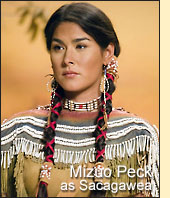 "Dear journal,
"Dear journal,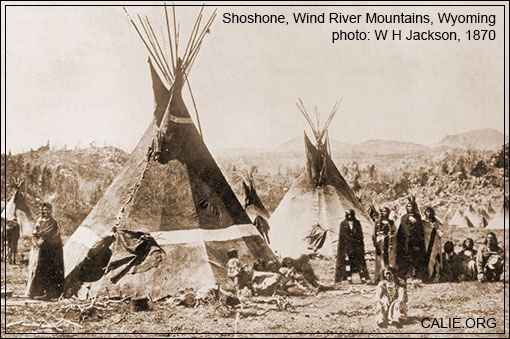
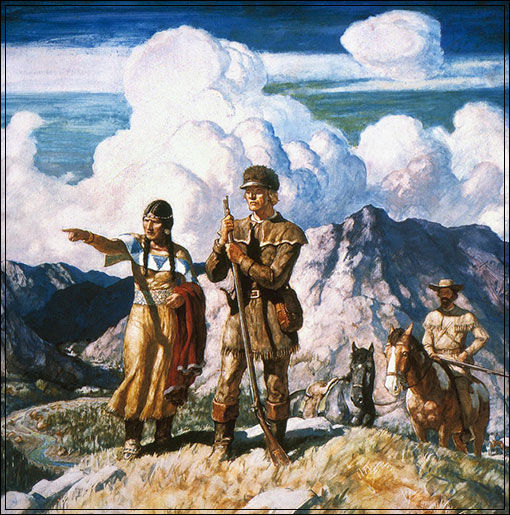
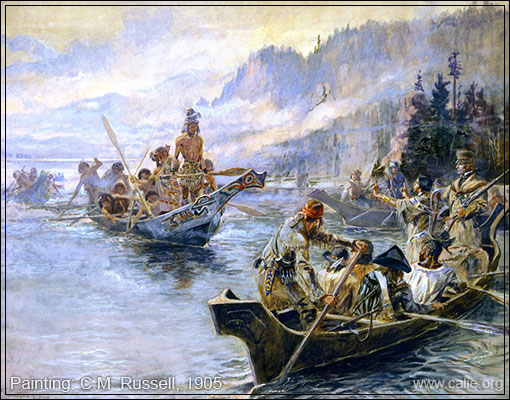
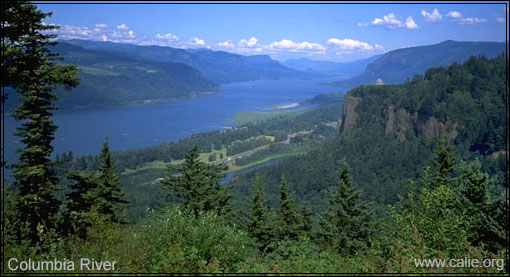
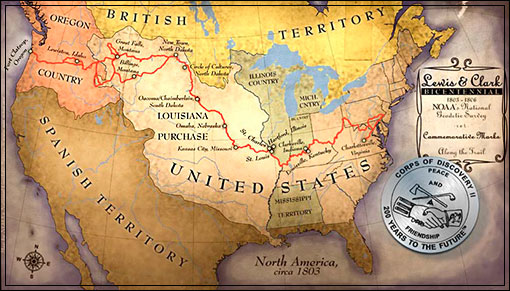
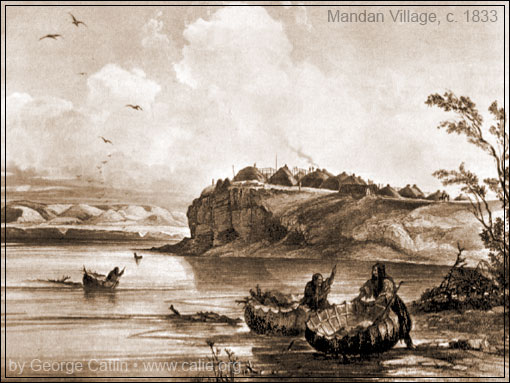


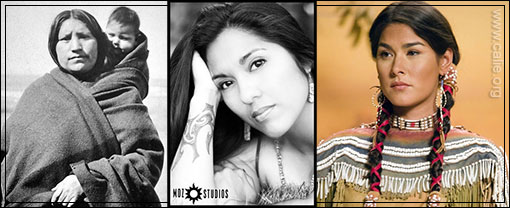
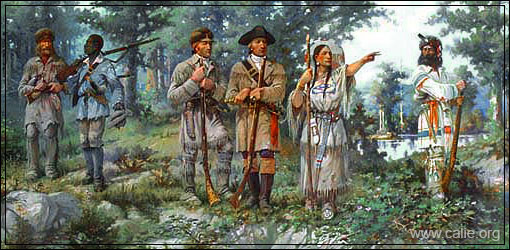
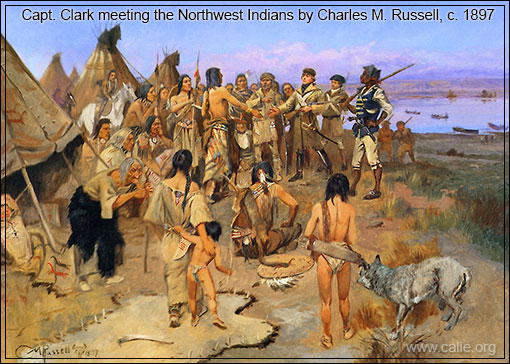
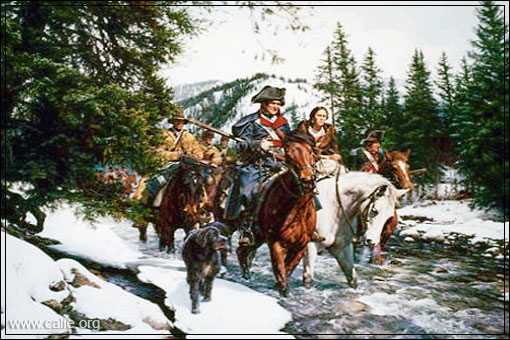
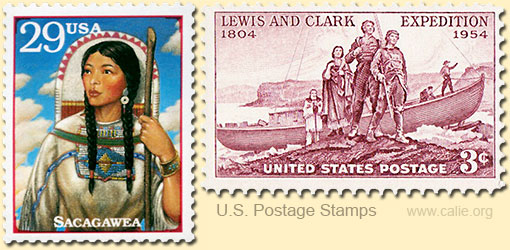

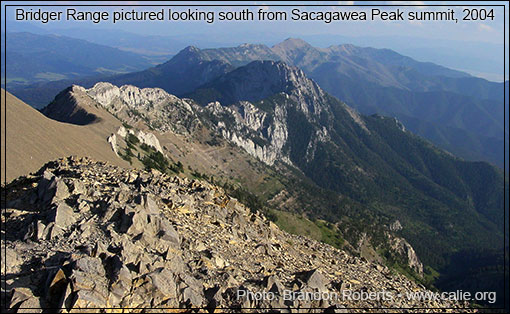
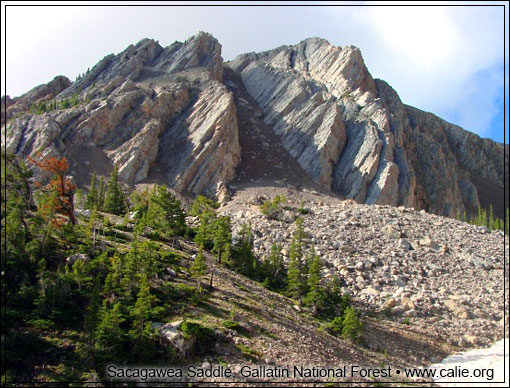
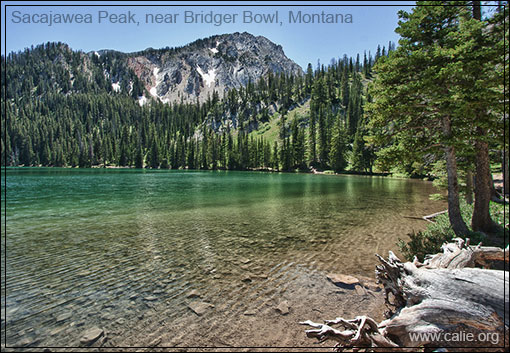
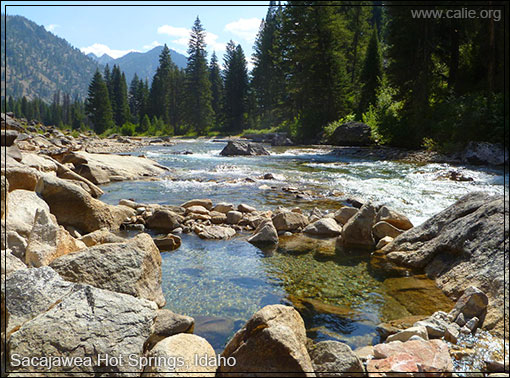
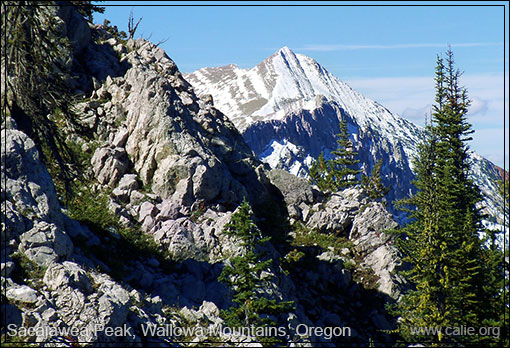
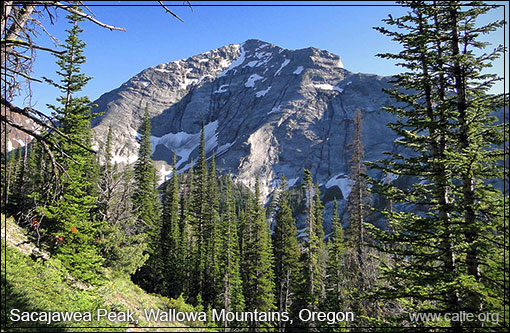
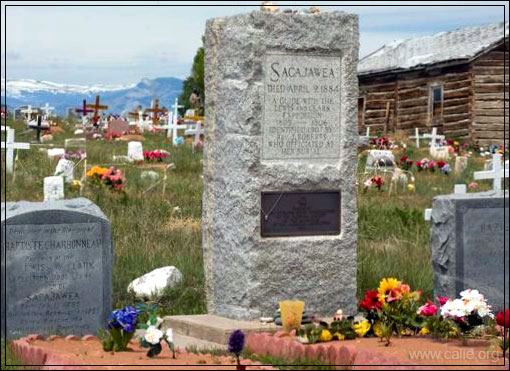
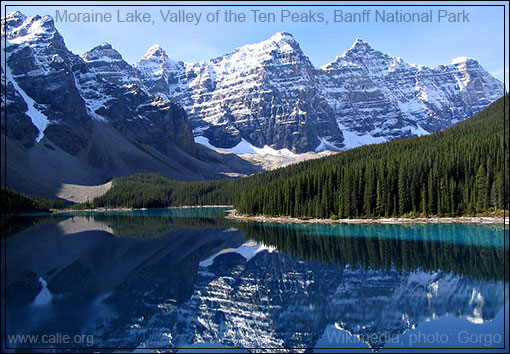
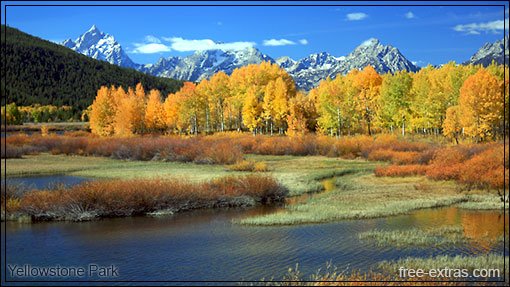
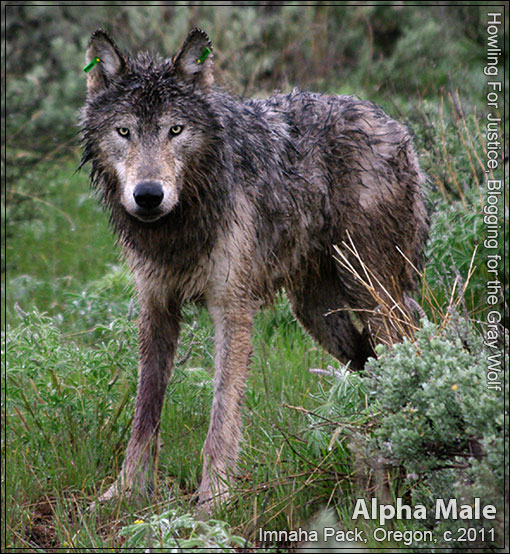
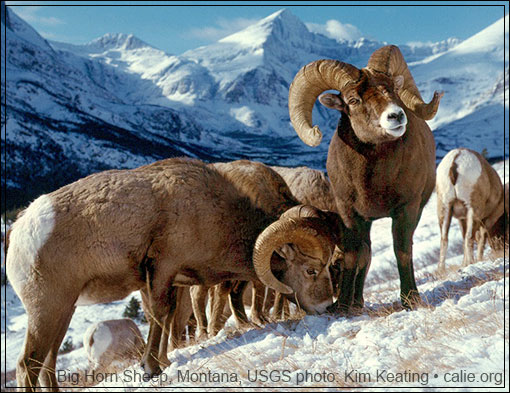
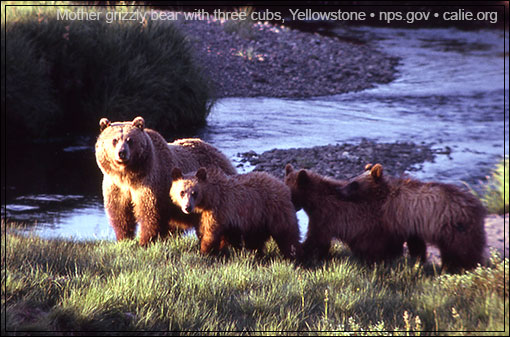

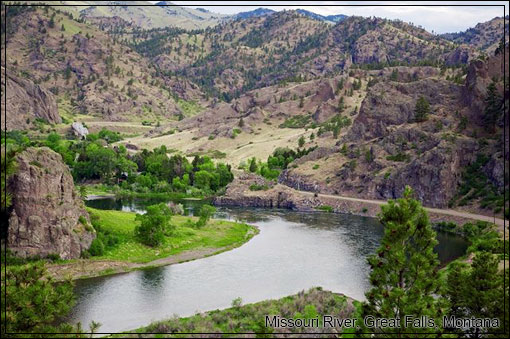
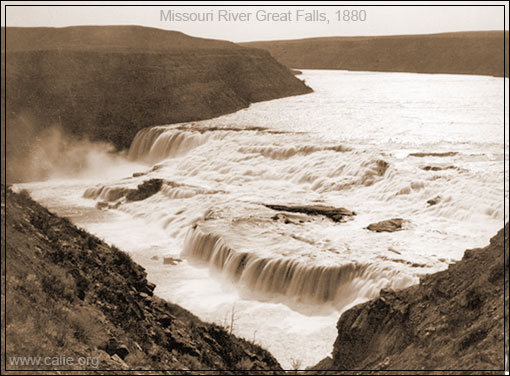
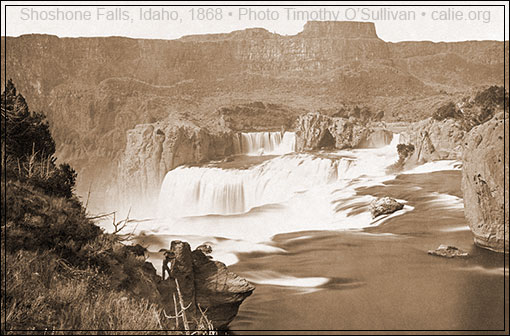
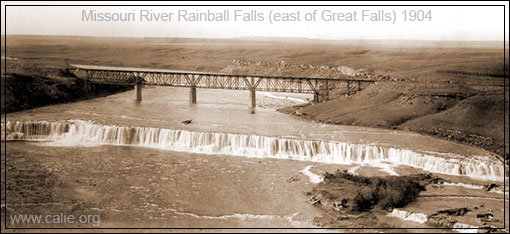
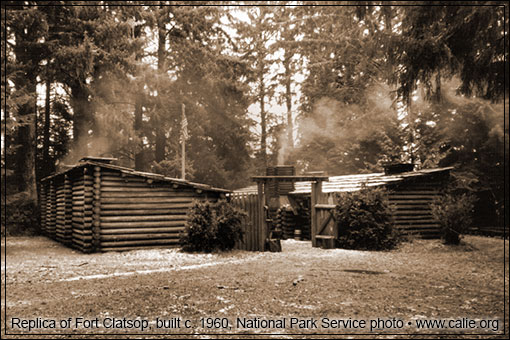
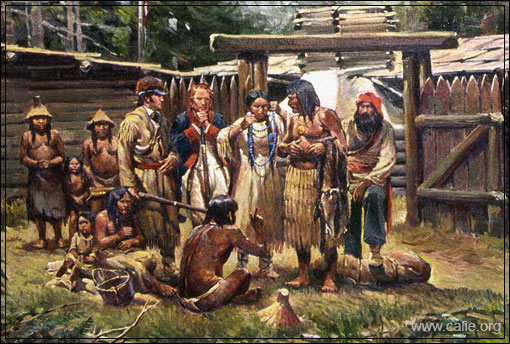
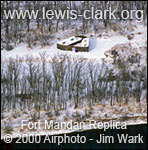
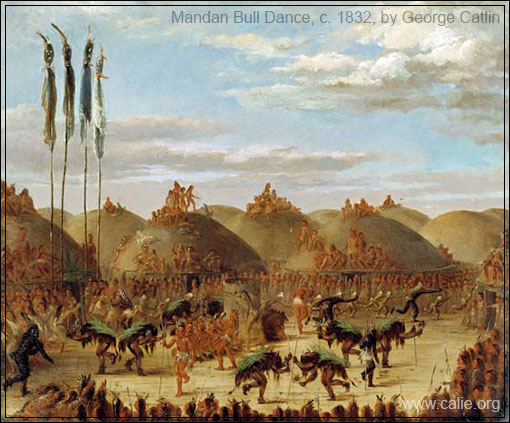
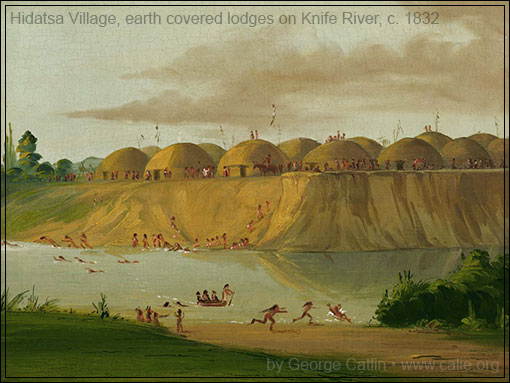
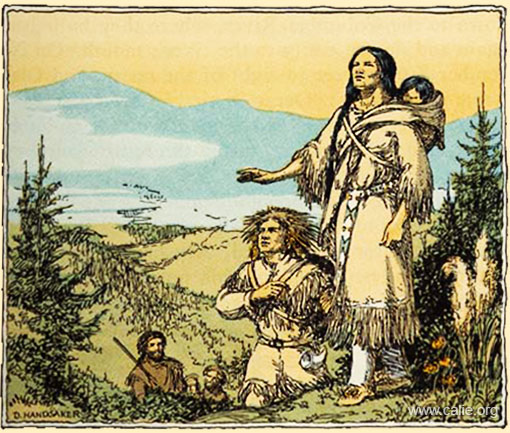
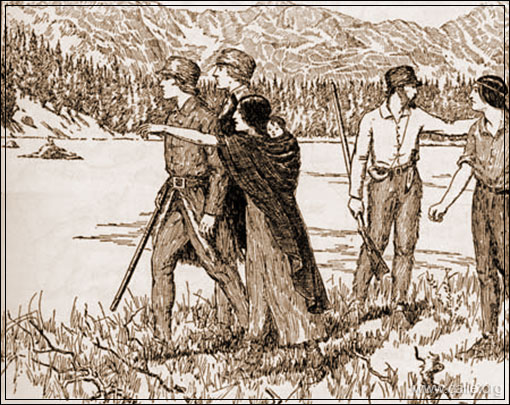
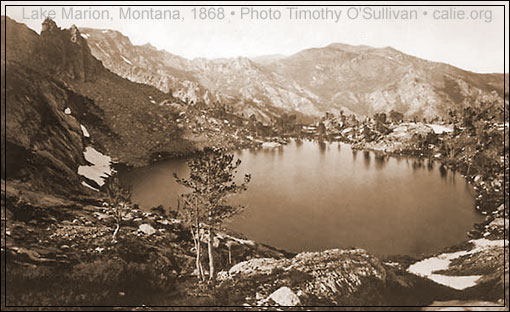

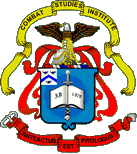 COMBAT STUDIES INSTITUTE
COMBAT STUDIES INSTITUTE

